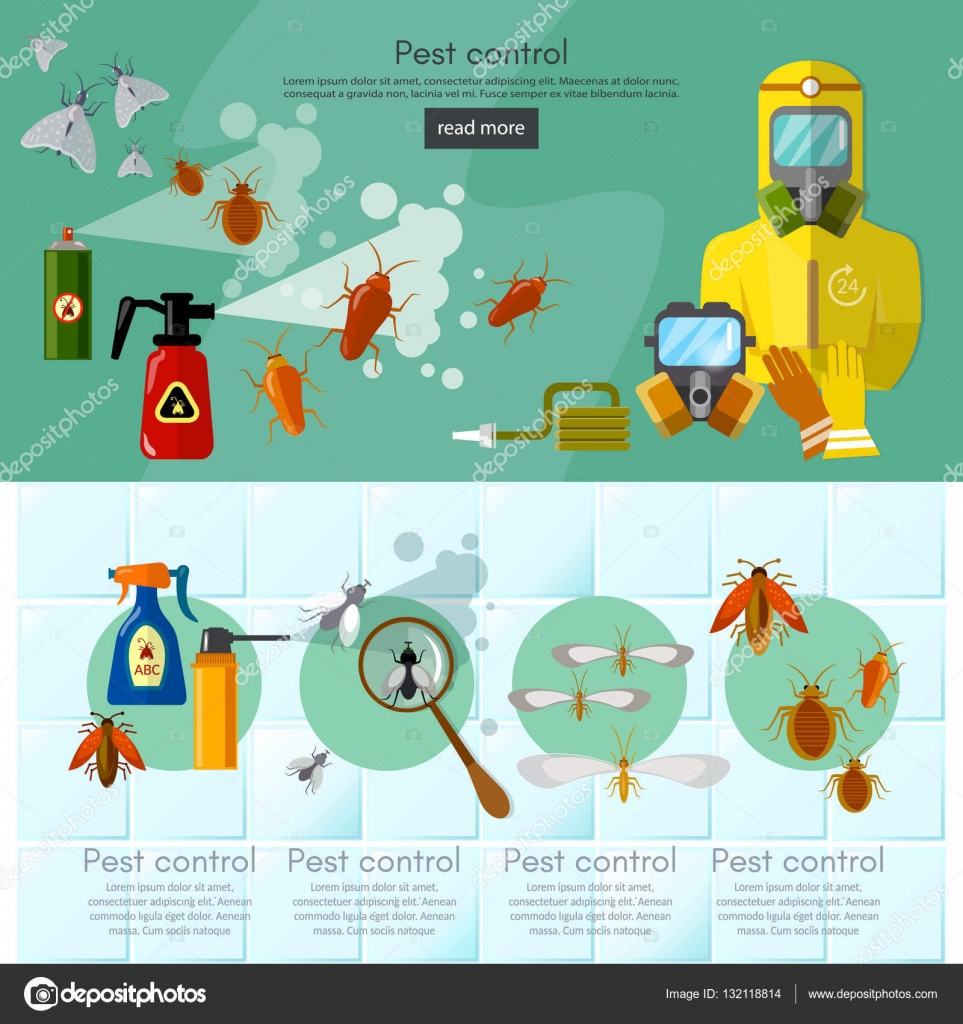Managing Rat Infestations: Insights Into Rodent Psychology
Managing Rat Infestations: Insights Into Rodent Psychology
Blog Article
Short Article Author-Wynn Krag
When it comes to rodent control, recognizing common rodent habits is vital to successfully handling invasions. Did you know that rodents have some remarkable nesting habits that might stun you? By exploring their detailed actions, you can gain important insights right into just how to tackle rodent problems in a more critical and reliable way. So, let's unravel the secrets behind these creatures' actions and learn how to outsmart them in your rodent control efforts.
Rat Nesting Behaviors
When observing rodents in their natural habitat, you'll observe that they proactively choose materials to construct their nests. Rats, such as computer mice and rats, are resourceful animals that make use of a range of items like branches, leaves, paper, and material to develop their homes. They're thorough in their nest-building process, frequently lining their nests with softer products like hair or feathers to create a relaxing setting.
Rodents favor to build their nests in hidden and safe and secure places to safeguard themselves and their young from predators. Usual nesting areas consist of wall tooth cavities, attics, basements, and also within insulation products. By constructing their nests in these secluded areas, rats can safely raise their spawn far from potential risks.
It is necessary to comprehend the nesting behaviors of rats when executing control procedures. By disrupting their nests or eliminating products, you can inhibit rats from establishing a visibility in your home or residential or commercial property. Correct cleanliness and sealing off entrance points are also essential steps in stopping rodent problems.
Rat Feeding Patterns
After observing rats' nesting behaviors, it becomes obvious that their feeding patterns play an essential function in their every day lives and actions. Rats, consisting of computer mice and rats, are opportunistic feeders, suggesting they'll consume whatever food source is readily available. They're mostly nocturnal creatures, favoring to forage for food throughout the cover of night to prevent killers.
https://www.bobvila.com/articles/best-pest-control-company-in-michigan/ have a varied diet regimen, varying from grains, seeds, fruits, and vegetables to bugs, nuts, and also tiny animals. This versatility in their food options permits them to flourish in different environments, consisting of urban areas where human food resources are bountiful.
Their feeding patterns aren't just driven by cravings however likewise by the requirement to stock food for times of scarcity. This habits is especially visible in preparation for cold weather or when nesting. Rodents are understood to hoard food in their nests or burrows, making certain a constant food supply. Understanding their feeding patterns is vital in applying reliable rodent control measures to interrupt their food sources and stop invasions.
Rodent Movement and Traveling
Rats browse their surroundings with dexterity and stealth, using their keen detects to relocate promptly through their settings. These creatures are proficient climbers, able to scale walls and vertical surface areas easily. https://sites.google.com/view/dgpestcontrolquincyil/ can additionally press via surprisingly little openings, making it vital to seal any type of possible entry points in your house.
When it comes to traveling, rodents have a tendency to comply with familiar courses, developing tracks along wall surfaces or skirting the edges of areas. They're creatures of habit, commonly staying with these developed paths as they forage for food or explore their surroundings.
Rats are understood for their nocturnal habits, so you might hear them scooting about during the night as they search for food and water. Their activities fast and erratic, enabling them to dart in and out of view in the blink of an eye.
Comprehending how rodents move and take a trip can assist you identify prospective problem locations in your home and take proactive steps to avoid these parasites from getting a foothold.
Conclusion
As you work to manage rodents in your home, keep in mind that recognizing their habits is key. By identifying their nesting habits, feeding patterns, and movement, you can efficiently avoid problems.
Coincidentally, by taking positive actions to remove food resources and seal access factors, you can disrupt their familiar courses and compel them to choose new areas, inevitably minimizing the probability of rodent presence in your space.
